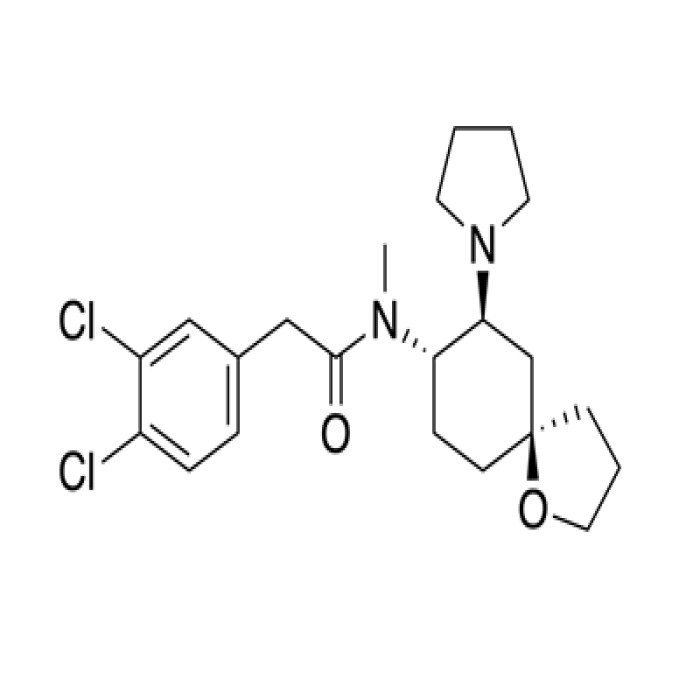
SPIRADOLINE:
SPIRADOLINE is a novel compound that belongs to the class of designer drugs. It is a synthetic compound that has not been approved for human consumption, and its use is restricted for research purposes only.
Chemical Structure:
SPIRADOLINE has a chemical structure that is similar to that of other drugs in the same class, such as synthetic cannabinoids. It contains a unique combination of chemical components that make it a unique substance, and it is not found in nature.
Effects:
The effects of SPIRADOLINE are not well understood, as there have been limited studies conducted on the compound. However, based on anecdotal reports, it is believed to produce effects similar to those of other designer drugs in its class, such as increased euphoria, altered perception of time and space, and altered mood.
Potential Risks:
As with all designer drugs, the use of SPIRADOLINE can be associated with significant health risks. It is important to note that because the compound has not been thoroughly studied, the potential risks and side effects associated with its use are not fully understood. Some of the reported side effects include anxiety, paranoia, and seizures.
Uses as Research Chemical:
As a research chemical, SPIRADOLINE can be used to study the effects of designer drugs on the human body and brain. By studying the compound in a controlled environment, researchers can gain a better understanding of the risks associated with its use, and develop strategies for mitigating these risks.
In conclusion, SPIRADOLINE is a novel compound that belongs to the class of designer drugs. It has a unique chemical structure and is not approved for human consumption. Its effects are not well understood, but it is believed to produce effects similar to those of other designer drugs. As a research chemical, SPIRADOLINE can be used to study the effects of designer drugs and the potential risks associated with their use.


